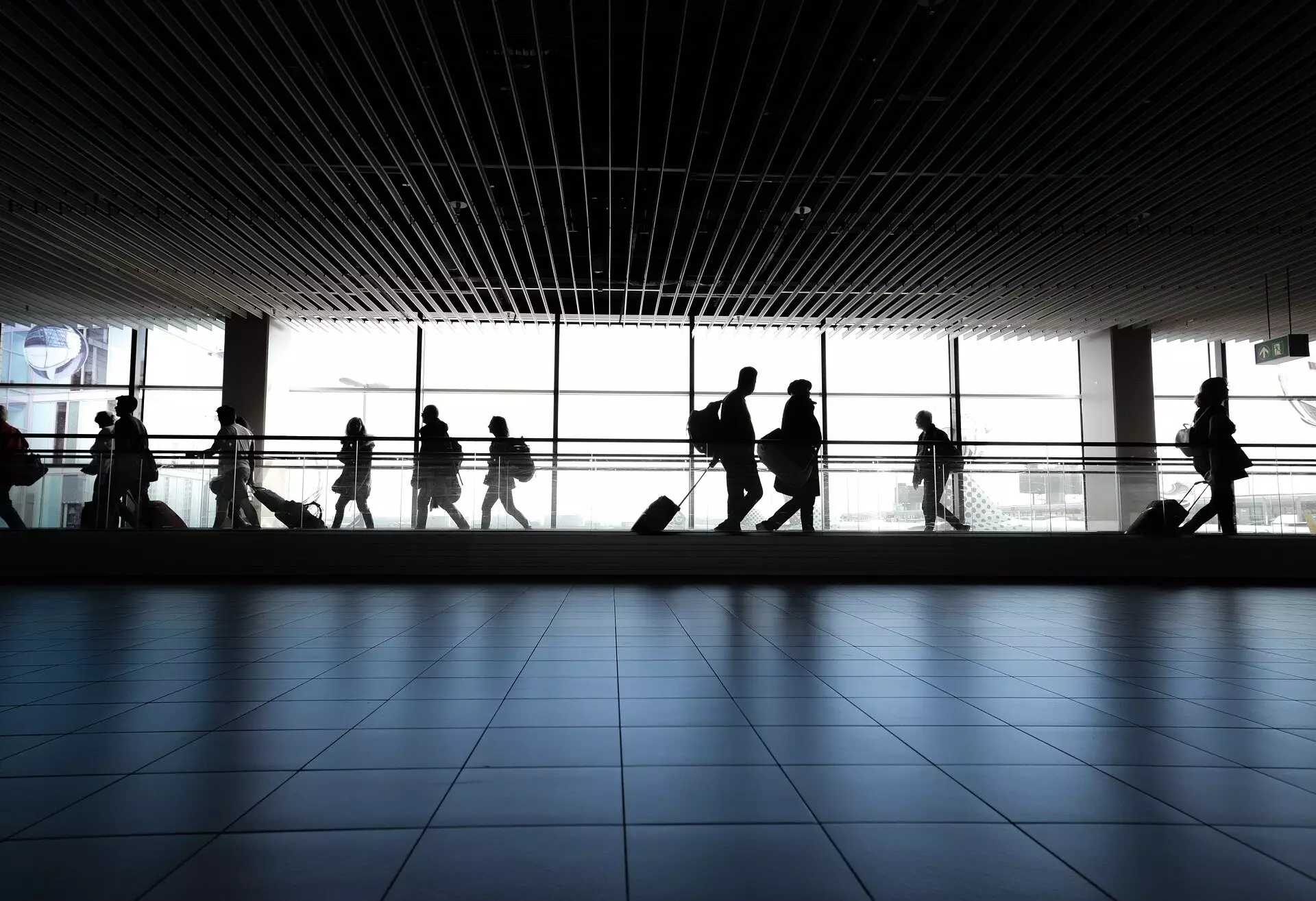Manchester Airport, one of the busiest in Britain, faced a major power cut that resulted in the cancellation of over 100 flights affecting thousands of passengers on a Sunday. This unprecedented situation led to the disruption of at least 20 percent of all outgoing and incoming flights, creating chaos for travelers.
The power cut not only affected the flight schedules but also caused problems with the airport security and baggage systems. The airport managing director, Chris Woodroofe, mentioned that these operational challenges were significant, leading to delays and cancellations that impacted passengers’ travel plans.
Flight Resumption and Recovery
Despite the challenges faced by Manchester Airport, flights were able to resume in the afternoon following the power cut. Woodroofe expressed optimism on social media about returning to normal operations by the next day. However, some airlines, like Jet2, still struggled with loading bags onto planes due to the inoperable baggage system, adding to the overall disruption.
Passengers did not hesitate to express their frustration and discontent with the situation at Manchester Airport. Reports of long queues for security checks, diverted flights to other airports, and delayed baggage collections painted a chaotic picture of the travel experience for those affected. These firsthand accounts on social media platforms highlighted the extent of the disruptions caused by the power cut.
Ongoing Challenges in the Travel Industry
The incident at Manchester Airport adds to a series of technical and strike disruptions that have plagued the UK travel industry in recent years. From immigration e-gate outages to air traffic control faults, passengers have faced numerous challenges while traveling, leading to delays, cancellations, and overall dissatisfaction with the services provided.
The power cut at Manchester Airport serves as a stark reminder of the vulnerabilities within the aviation industry and the need for robust contingency plans to mitigate such disruptions in the future. As travelers navigate through these turbulent times, airports and airlines must work together to ensure a seamless and efficient travel experience for all passengers.


Leave a Reply